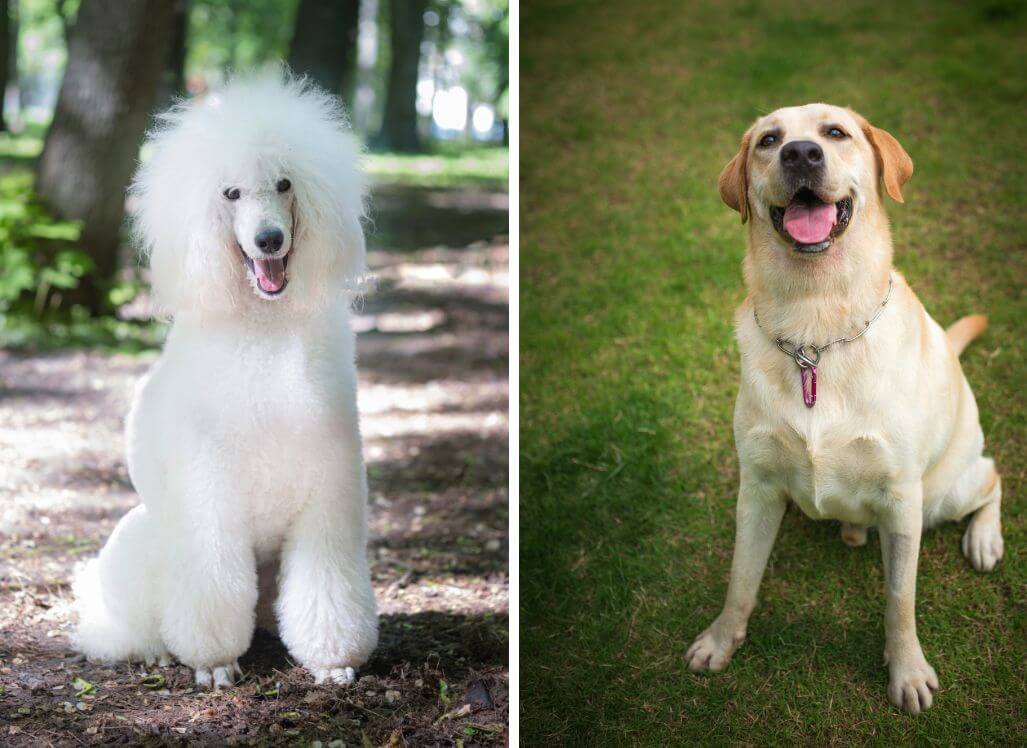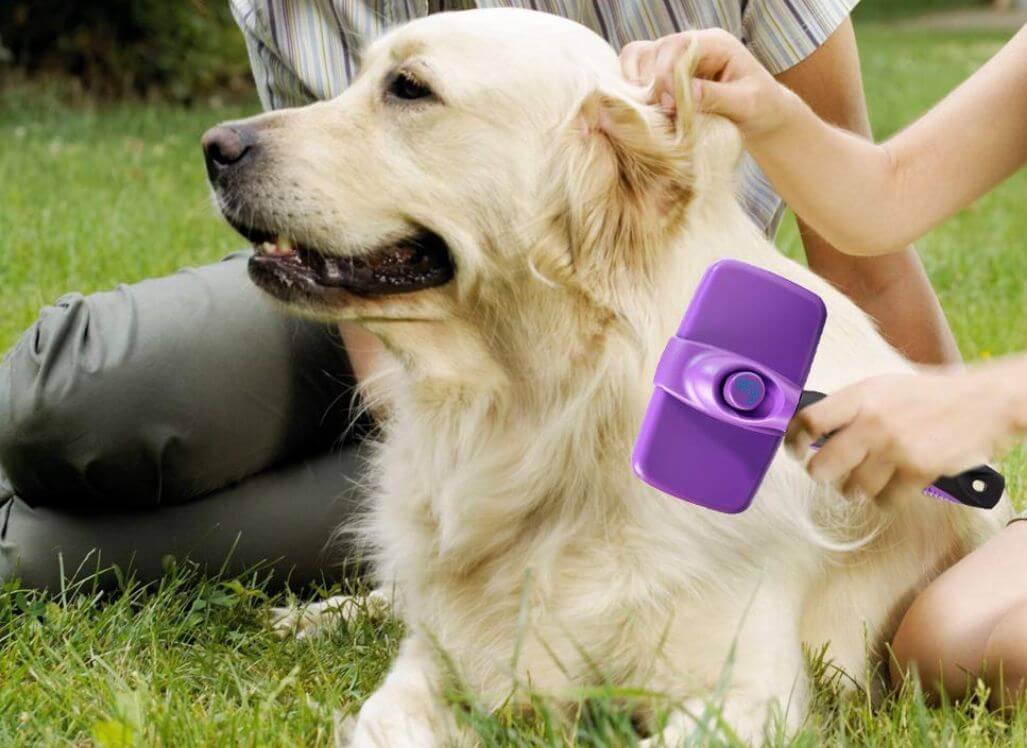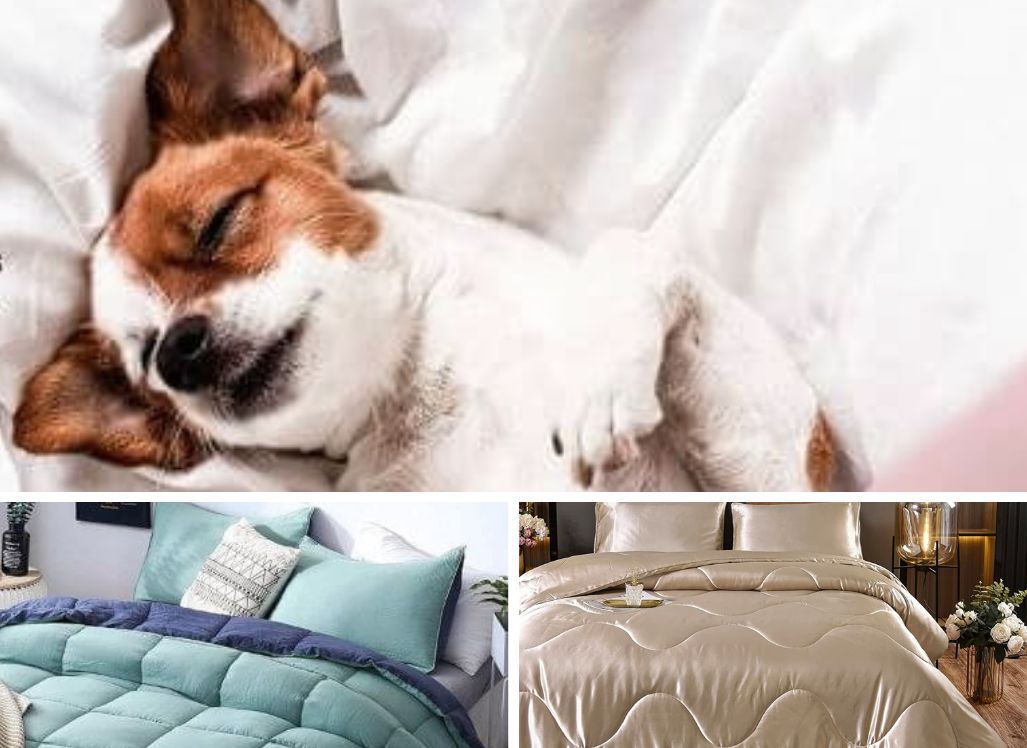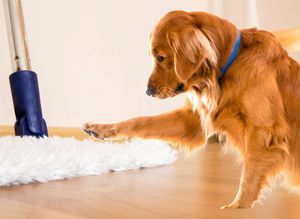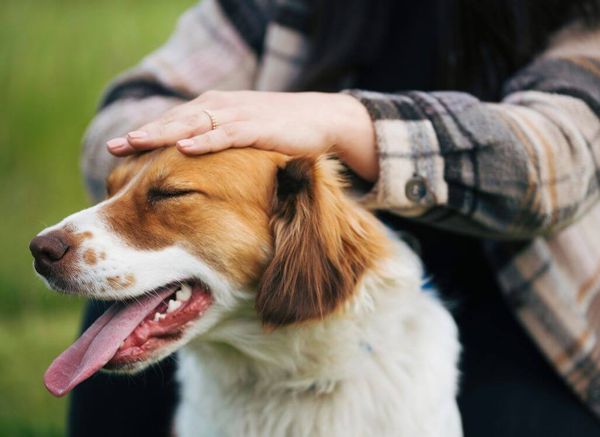Do you love dogs but suffer from allergies? You're not alone. In fact, “Allergies to dogs and cats affect 10%-20% of the population worldwide”.
Fortunately, with the right preparation and precautions, having allergies doesn't mean you can't enjoy all the love that comes with owning a pup. Here are some tips for managing canine allergies so you and your pup can have many happy years together.
What triggers allergic reactions?
It's important to know what triggers your allergies so you can avoid them as much as possible. Contrary to what most people think, it's not the hair or fur of the dog that's to blame. They are actually "allergic to the protein that is found in the pet’s dander (dead skin cells) saliva, and urine. The hair, fur, or feathers collect the dander. It can also carry other allergens like dust mites, mold, and pollen. When those proteins get into your airways, eyes, nose, mouth, or on your skin, it triggers allergy symptoms.”
Common Allergy Symptoms
Allergies can be a pesky problem to deal with - sneezing, coughing, and a runny nose are some of the most common symptoms you may experience. If your eyes are itchy and red, or you develop hives or rashes on your skin, these can also be signs of an allergic reaction. The Mayo Clinic provides a list of common animal or pet allergy symptoms that can give you a better understanding of what your symptoms could be.
Are you Sure It's Your Dog?
If you suspect that your pet may be triggering your allergy, the first step is to speak with your healthcare provider, who may refer you to an allergist for testing. An allergist can administer a test to determine whether your symptoms are indeed the result of dog allergens, and, if so, your most effective treatment options.
It might surprise you to learn that you may be allergic to something else entirely.
So What You Can Do to Manage Your Allergies
So, what can you do if you're an animal lover but allergic to your furry friends? Here are some tips to help you manage your condition, while still enjoying the companionship of a loyal pooch.
Bathe and Brush Regularly
Regular grooming and bathing can also help reduce the amount of dander on your pet's fur. Dander can be a real problem for people with allergies, so it's important to keep it under control if you or someone in your household is allergic. Ideally, you should bathe and brush your pet at least once a week to keep their fur clean and dander-free. Just be sure to enlist the help of someone who doesn't have allergies, if possible!
Reduce Contact
If you're an allergy sufferer, it can be tricky to navigate your relationship with your furry friend. While it may be tough to resist their puppy dog eyes, reducing contact with your dog can help alleviate some of the symptoms that come along with pet allergies. That doesn't mean you can't enjoy their company- just be mindful of where they're sitting and where their saliva might end up.
Around the Home
- Start with frequent vacuuming of carpets and all surfaces to keep them clean. Vacuum blinds, curtains, and any other items that may attract dander, and mop hard surfaces with a damp mop or cloth.
- If you have the option, consider removing carpets, upholstered furniture, and other items that may attract dander. Laminate or tiles and easy-to-clean fabrics are great alternatives.
- Set aside a space where pets are not allowed, such as your bedroom, which becomes your "allergy-free zone". In more severe cases, you may want to consider housing your pet outdoors if the climate permits.
- Implement mitigating technologies in your home. One simple step you can take is to filter your home's air with high-efficiency particulate air (HEPA) filters to minimize pet allergens. When it comes to cleaning up pet dander, using HEPA filter vacuums can make a big difference.
- Keep their area clean. Washing your pet's bedding and items that come into contact with them, like blankets and toys, in hot water regularly is a great starting point. This not only helps keep their area smelling fresh, but it also helps to remove pet hair and dander that can build up.
Choose the Right Breed
When it comes to choosing a four-legged companion, it's important to consider which breed is best suited for your lifestyle and needs. For those who suffer from allergies, selecting a breed that may cause less discomfort can be a game changer.
Although there's no such thing as a completely hypoallergenic dog, some breeds like poodles have lower rates of shedding and dander production, making them a great choice for those with sensitivities. As you begin your search, don't be afraid to do some research and even meet with a specialist to ensure you're making the best choice for you and your furry friend.
Allergy Medications:
If all those measures aren't enough, there are medical treatment options available to mitigate your symptoms, and that will enable you to live more comfortably with them. Your healthcare provider or allergist will be able to recommend the best options for you.
To Sum Up:
It's important to note that different people have different levels of sensitivity to pet allergens, and some may be more tolerant of dogs than others. If you're not sure where you stand, try spending time with a friend's dog or even fostering one for a brief period before deciding to adopt one.
We hope this information has been helpful to you, and remember, you're not alone in this. Despite your allergies, you can still live comfortably and happily with your furry companion, if you take the necessary precautions to manage your symptoms.
So, don't let allergies stop you from experiencing the joy that comes with having a loyal furry friend by your side. With a little extra care, you and your pooch can still share a loving bond without sneezing or wheezing all day long!
You may also like:
